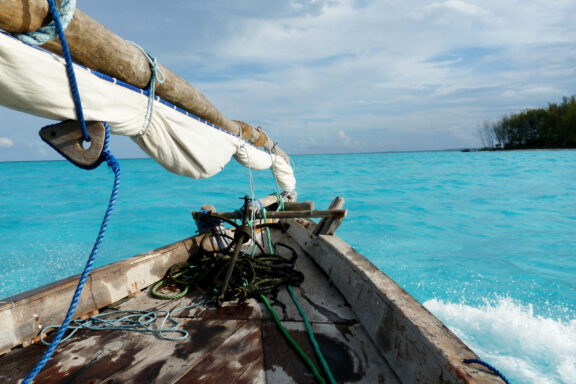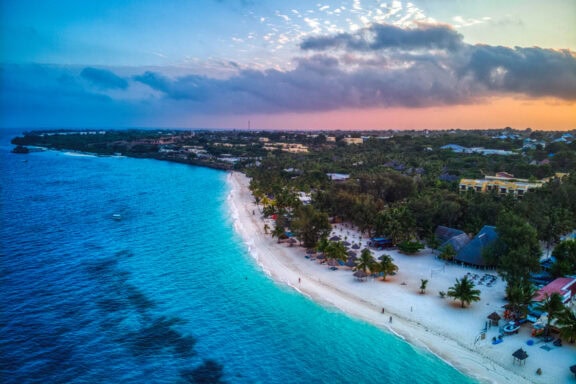If you’re thinking of visiting Zanzibar, it’s good to know that April tends to have heavier rainfall than March, so it might not be the best time for your adventure. However, if you do decide to go, getting a little familiar with the local culture can really enhance your experience!
Zanzibar is a beautiful melting pot of Christianity and Islam, and when you’re exploring Stone Town, it’s great to be mindful of the area’s more conservative atmosphere. You can definitely wear regular swimwear at the beach and in beach hotels, just remember that nudity is a no-go, especially in the Muslim areas.
While English is widely spoken, especially by those who work with tourists, some locals may not be fluent, so brushing up on a few KiSwahili phrases can be really helpful. There are so many things to do in Zanzibar, from swimming and diving in the stunning waters to discovering the rich history of the island.
Weather in April
The long rains are much more prominent and fierce in April, although they don’t last long. Even though the region is wet around this time of year, temperatures usually reach a high of 30 degrees.
Average Weather in April
| Temperature | Celsius | Fahrenheit | Rainfall |
| Min | 24℃ | 75℉ | 128 mm |
| Max | 30℃ | 86℉ | 356 mm |
Highlight Place to Visit in Zanzibar
House of Wonders
The House of Wonders is a fascinating place with a great story! It earned its name because it was one of the first buildings in East Africa to have electricity and an elevator. This historic gem showcases beautiful Swahili architecture, with its intricate carvings and towering structures making it truly special. It’s a wonderful spot to explore and appreciate the rich history of the region!
Activities to do in April
- Spa treatments
- Visit historical sites


































